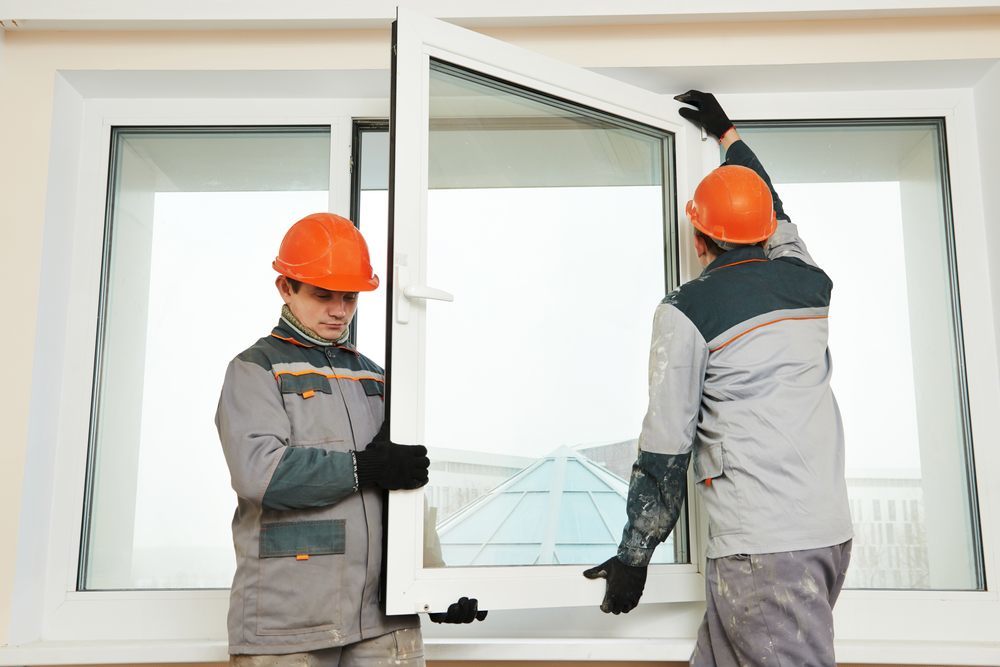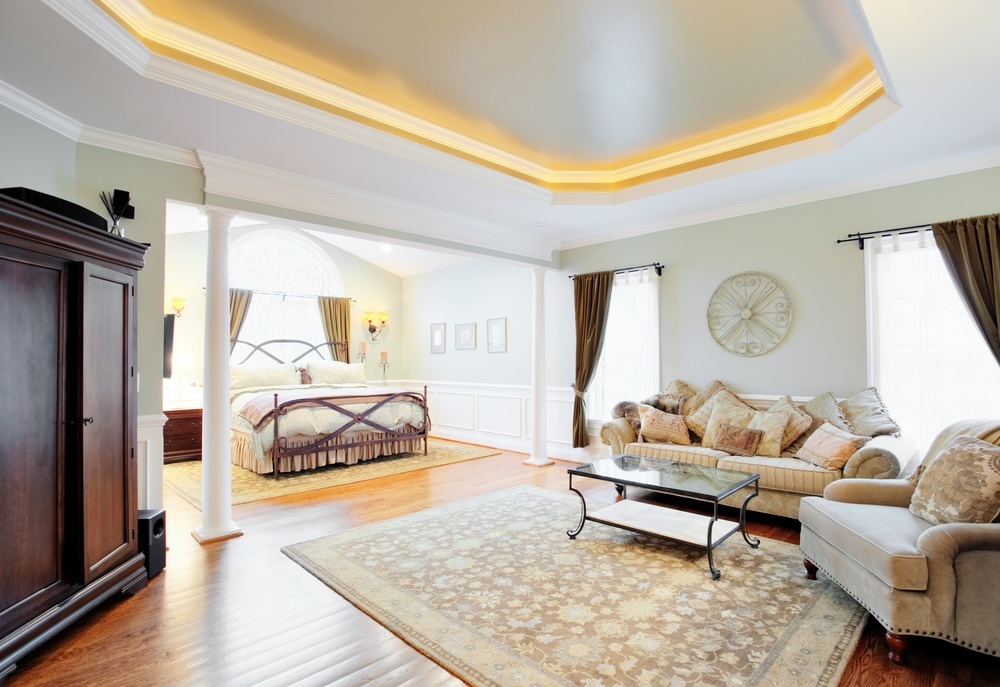 Although many people love modern, newly-built homes, some homeowners can’t resist the unique charm of an older home. Older homes often have lots of decorative touches that just aren’t found in more modern homes. But owning an older home can definitely have its challenges. Just like any other type of home, an older home is going to need maintenance every now and then and you may want to make some other renovations to turn it into the home of your dreams. But renovating and making improvements to an older home often isn’t quite as easy as it is with newer homes. Before you start planning your next home improvement project, here are a few very important things you should keep in mind.
Although many people love modern, newly-built homes, some homeowners can’t resist the unique charm of an older home. Older homes often have lots of decorative touches that just aren’t found in more modern homes. But owning an older home can definitely have its challenges. Just like any other type of home, an older home is going to need maintenance every now and then and you may want to make some other renovations to turn it into the home of your dreams. But renovating and making improvements to an older home often isn’t quite as easy as it is with newer homes. Before you start planning your next home improvement project, here are a few very important things you should keep in mind.
Potential Hazards
While things like lead paint and asbestos have been banned from being used in homes for decades, if your home was built before 1978, there’s a very good chance these things could still be present in your home. According to the EPA, 87% of homes made before 1940 have lead paint present, while 69% of homes built between 1940 and 1959 still have lead paint in them. Before 1977, asbestos was used in a multitude of common household items, including insulation, some types of flooring, textured paint, and roofing and siding materials.
If you’re planning a renovation that would disturb things made with these materials, you’re going to need to find a professional who knows how to safely work with them. For example, demolishing a wall that was painted with lead paint will send dust from the lead paint into the home, which can cause health problems, particularly in children under the age of six. Asbestos abatement will require special training since particles of asbestos that get released into the air can cause lung cancer.
If you’re unsure if you have lead paint or asbestos in your home that could be impacted by a project, it’s best to have testing done before starting your project.
Outdated Plumbing and Wiring
Having signs of older building methods in your home isn’t always a bad thing. After all, many people love older homes specifically because they have high quality craftsmanship and unique architectural touches. However, it’s very common for older homes to have electrical wiring and plumbing that does not meet current code standards. For example, outdoor electrical outlets and outlets in kitchens, bathrooms are now required to have three-pronged outlets to ground the circuit, but many older homes only have two-pronged outlets in these areas.
If you’re planning a project that involves opening up a wall, be aware that your contractor might discover some problems with your electrical or plumbing systems. If there are things that need to be corrected to bring them up to code, this will increase the total cost of your project, so you might want to leave some extra money in your budget to work with.
Your Local Historical Society
In many cases, neighborhoods full of older homes have a historical society that works to protect the character of the homes in the area. If your home is covered by one of these historical societies, you might be required to run your renovation plans by them before work can begin. Talking to your local historical society might not necessarily be a bad thing, though. They may be able to recommend some contractors to you who have lots of experience working on older homes.









